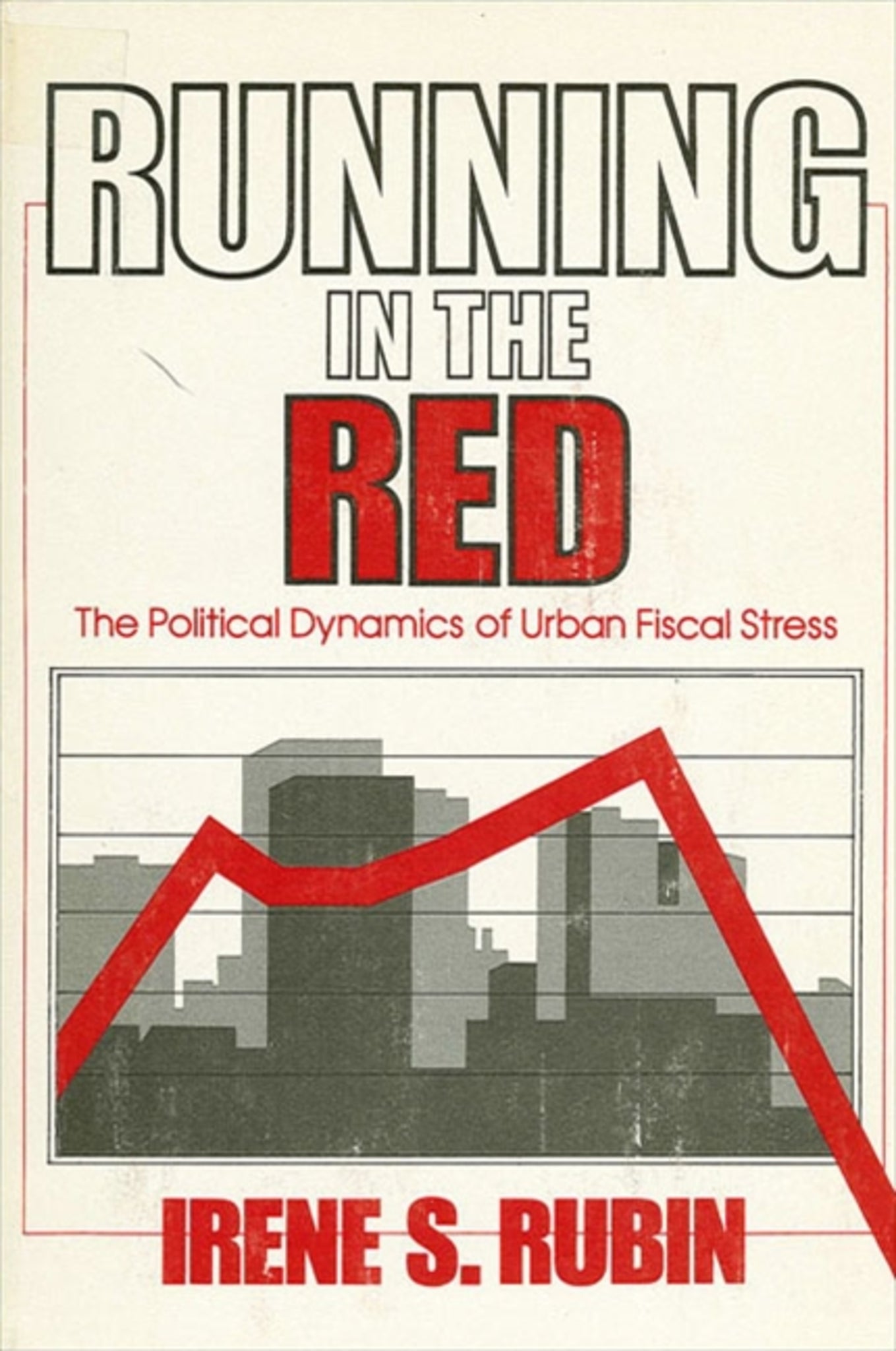We're sorry. An error has occurred
Please cancel or retry.
Running in the Red

Some error occured while loading the Quick View. Please close the Quick View and try reloading the page.
Couldn't load pickup availability
- Format:
-
30 June 1983

This case study of a politically reformed, middle-sized Midwestern city provides a model of fiscal stress that contrasts sharply with that of America's vast metropolitan centers. Dr. Rubin examines the interaction of social, political, and economic causes of the city's predicament. She then goes on to analyze the specific factors that solved the city's problems over a six-year period. Finally, she offers a self-correcting mechanism that would allow a city to save itself from financial trouble without direct state or federal assistance.
This study suggests that local political factors were even more important than national factors in contributing to the city's fiscal stress. It also brings into question the theory that generosity to the poor creates urban fiscal stress and that giving less to the poor will solve urban financial problems.


Tables
Acknowledgments
1. Urban Financial Stress
2. Anatomy of the Fiscal Crisis
3. Economic Base Erosion and Migrations: Causes of Fiscal Stress
4. Political Process and Fiscal Stress: Structural Weaknesses
5. Political Process and Fiscal Stress: Council Behavior
6. Causes and Responses to Fiscal Stress: Their Interactions over Time
7. The Fiscal Crisis: A Self-Correcting City?
8. Theoretical Implications
Appendix: Field Methods
Notes
Bibliography
Index



